Can you paint laminate floors? Experts reveal everything you need to know
Whether you've inherited laminate floors or looking for a quick update, read this before you pick up a paintbrush
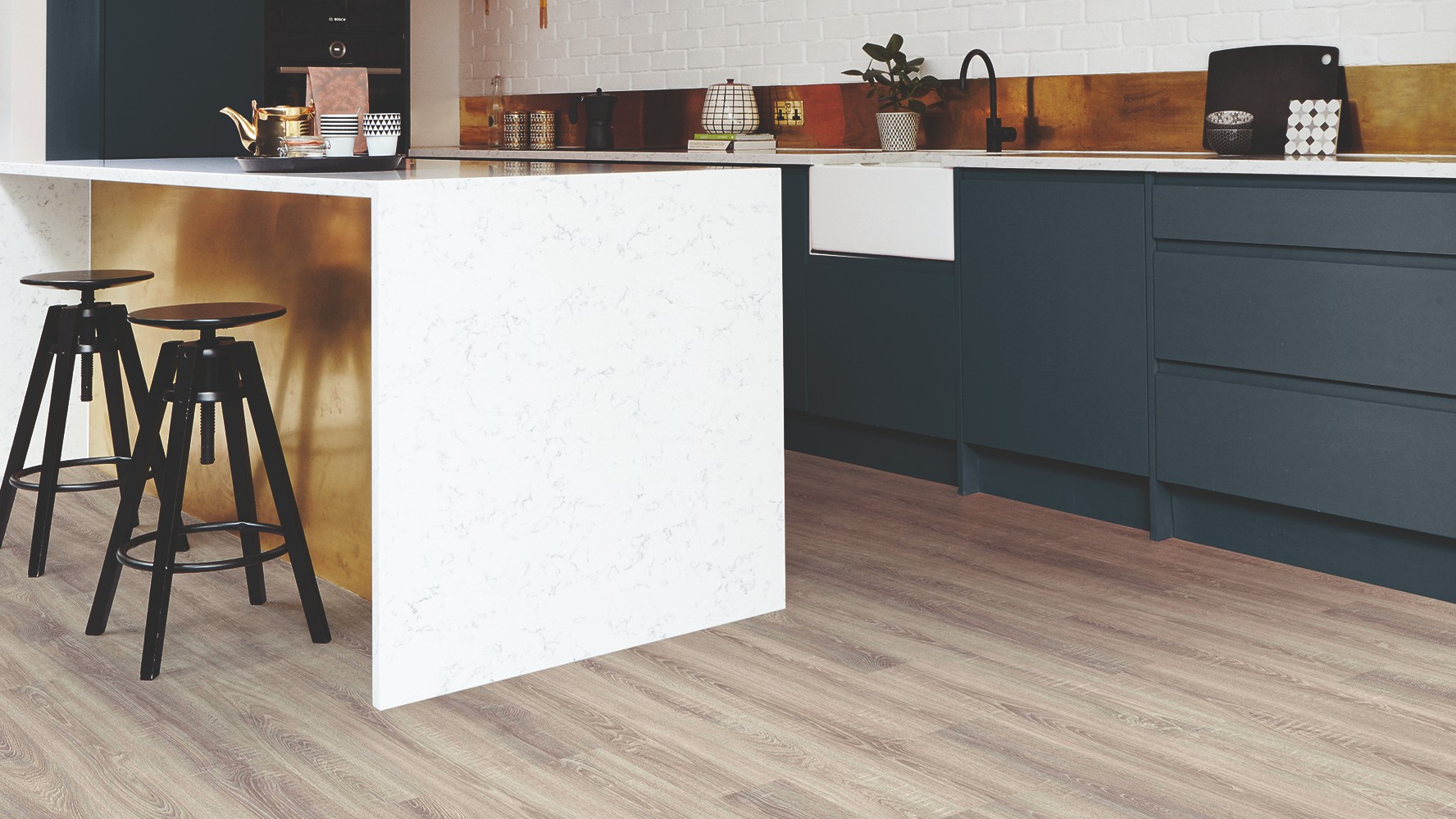

Laminate is a trusty, reliable and often inexpensive flooring option that works for many homes. Over time though, you may be keen to switch up your flooring in order to ensure it matches your current home decor. So can you paint laminate flooring, for a simple upgrade?
Let's face it - ripping up your laminate floor and starting again isn’t ideal. Replacing flooring can be costly and disruptive – meaning that painting your floorboards (if possible) can feel like a far more preferable option, giving you a brand new look for less money, and less hassle.
Laminate is a synthetic flooring type, made up of multiple different layers, with a glossy plastic finish. So is it even possible to paint it, given its smoother surface?
If you’re keen to enjoy a new floor without the difficulties that come with installing new flooring from scratch, we spoke to experts to uncover whether or not you actually can paint laminate floors – and how to do it to keep your flooring in tip-top condition.
Can you paint laminate flooring?
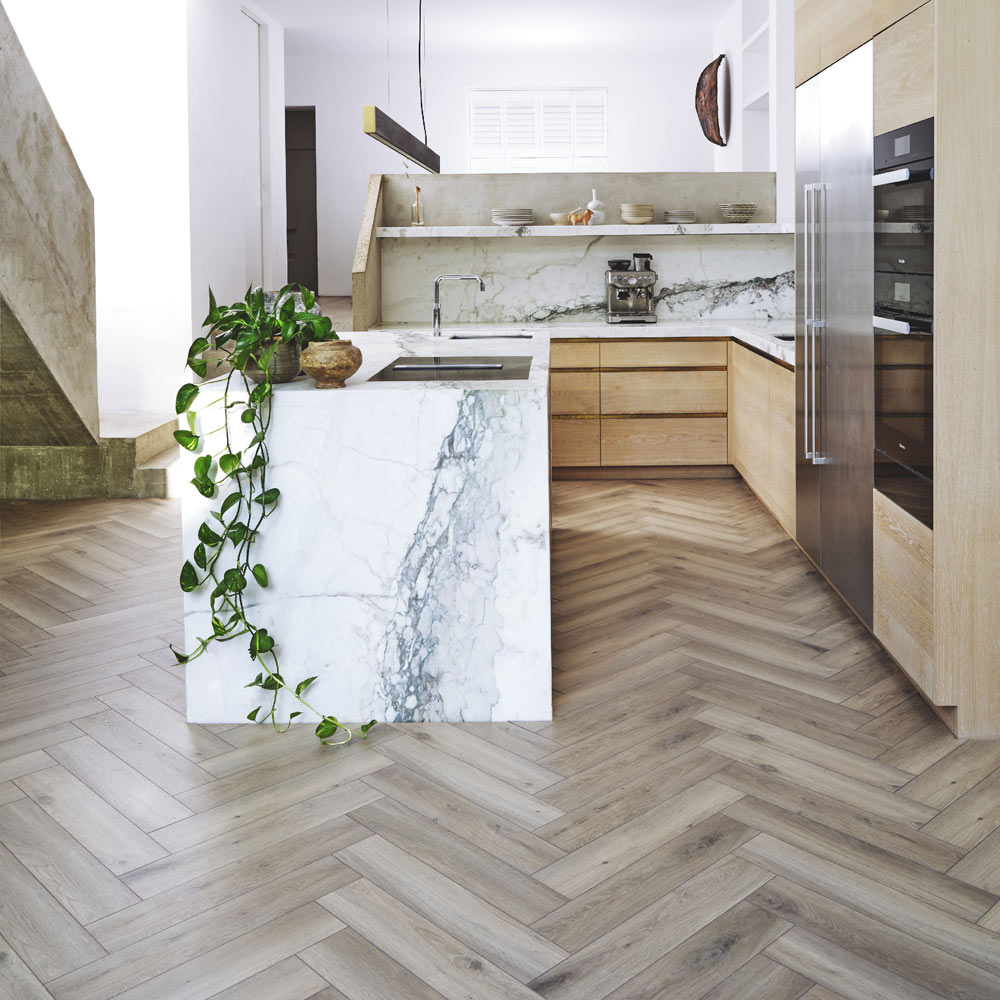
The short answer to the question is, can you paint laminate flooring? Yes – but it’s not 100% advised by the experts.
Carolina Hansson, Head of Design at Luxury Flooring & Furnishings, explained that whilst it’s totally possible to paint your laminate floor, it’s often not the best long-term option.
She said, 'You can paint laminate flooring, but I wouldn’t recommend doing so.
'Laminate floors aren’t manufactured to be painted, so whilst it may look attractive and fresh at first, it’s not really suitable for the long term. More often than not, the paint won’t stick to laminate floors, so it is likely to chip and eventually scratch off. This means that you’re probably going to have to keep repainting the floor to maintain the look anyway.'
Despite this, it is entirely possible to paint your laminate floor if you are after a short-term update to your home, and don’t mind the reality of the upkeep for a couple of years to come. If you’re saving up for a new floor, but are keen to refresh your current one while you wait with an easy DIY project this could be a good option.
If you’re happy with the idea of the maintenance, this is how to paint laminate flooring properly, to ensure the best finish.
How to paint laminate flooring - a step-by-step guide
Knowing how to paint laminate flooring isn’t complicated, but ensuring you do things properly - and in the correct order - is vital for a finish that will look smart and fresh, and that won't wear instantly.
What you’ll need:
- Vacuum
- Mop
- Appropriate primer and paint
- Sander
- Sandpaper
- Sealant
- Dust sheets (to protect furniture and other floors)
1. Make sure to clean your floors before getting started
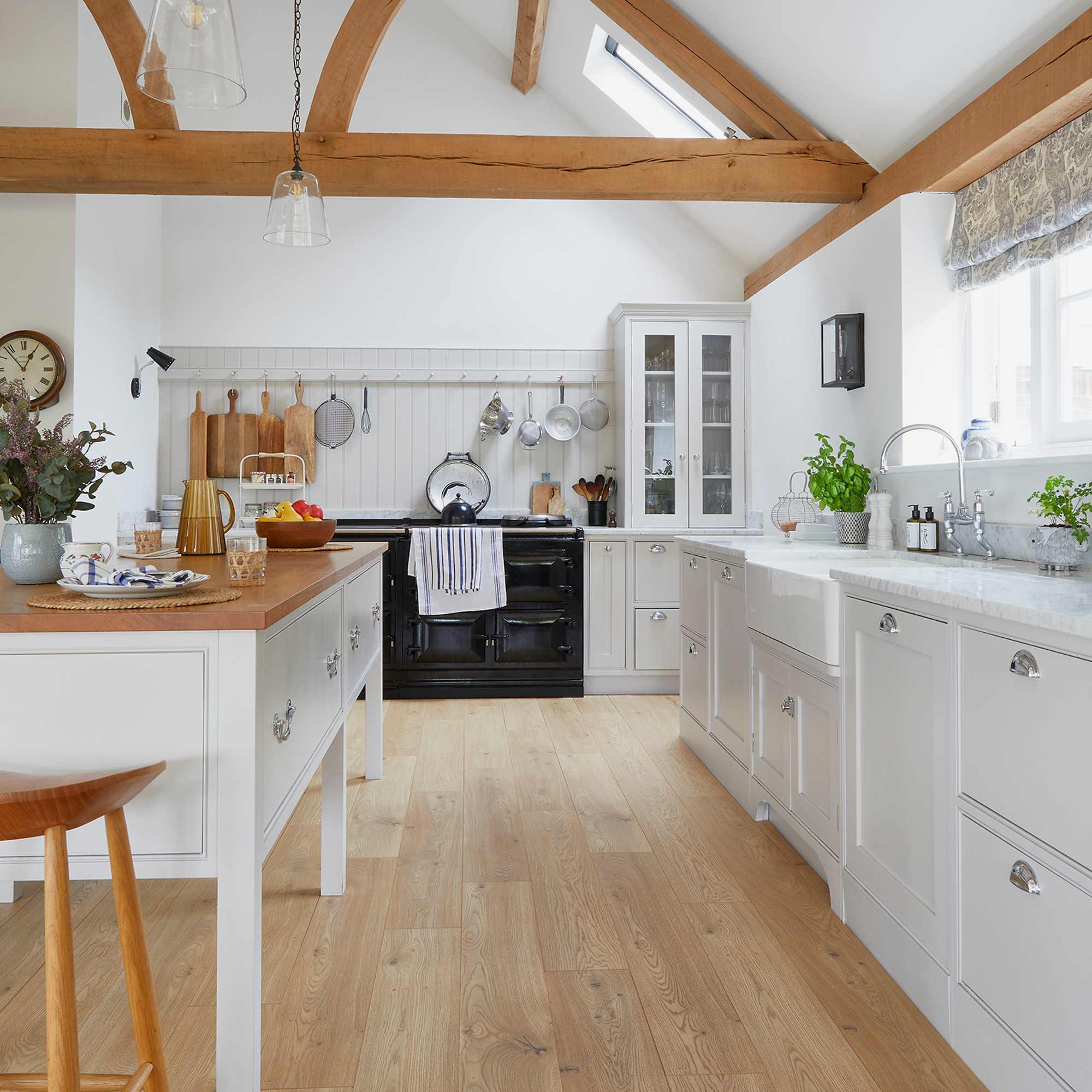
This is a vital step, but one that is easily forgotten.
Carolina Hansson said, 'In order to prepare the surface properly, you need to ensure that it has been properly cleaned, as any residue dust or dirt will also prevent the paint from sticking.”
Use your best vacuum to pick up any larger dirt particles first, and go over it with a mop for smaller bits of dust afterwards.
At this point, you might also want to cover any furniture or homeware items left in the room, or just outside the room, with dust sheets, to protect them from paint splashes.
2. Sand your floors correctly
The main issue with painting laminate flooring is that paint is unlikely to properly stick to the smooth, varnished finish. So the crucial second step is to sand the floor down just enough to ensure that it can properly absorb the paint.
'The method we recommend would be sanding away the plastic wear layer and painting the bare wood; this way you have a better chance of the paint sticking,' Hansson explained.
'If you do sand the floor, then you would need to sand off the wear layer and go down to the bare wood material, using a sander for the most part.'
But, she advised, you must be careful not to sand your floors too deep, 'as this can cause a lot of ruts and grooves in the softer material beneath the wear layer.'
3. Repair any damage done while sanding
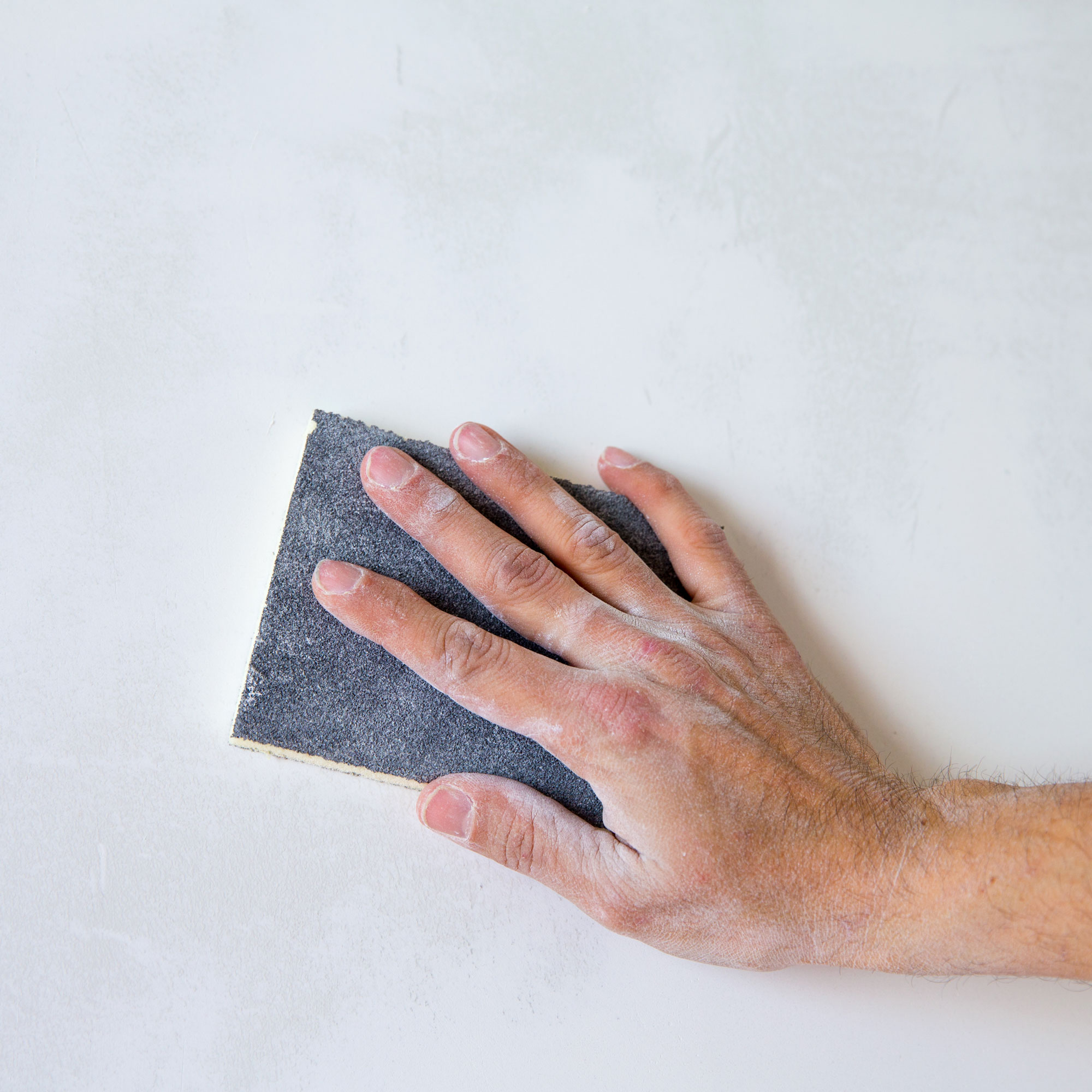
This isn’t an essential step, but if you’ve just sanded your floors, it’s reasonable to expect that you may potentially have nicked it a little. Take a detailed look at your floor (you’ll need to get down on your hands and knees), and see if you’ve sanded any part too deep, or missed a bit. To correct any uneven grooves, take your sandpaper and manually smooth it down.
4. Prepare your floors with a primer
Much like when it comes to how to paint walls before painting, apply a primer to the floors using either a clean dry roller or paint brush – though a brush is usually the best option. Start in the corners furthest from the door and work backwards, to avoid getting trapped in the room!
Wait for the primer to dry completely before moving on to the next step. This may be up 6-8 hours depending on which specific primer you use – so make sure you start the job early in the day.
5. It’s time to get painting
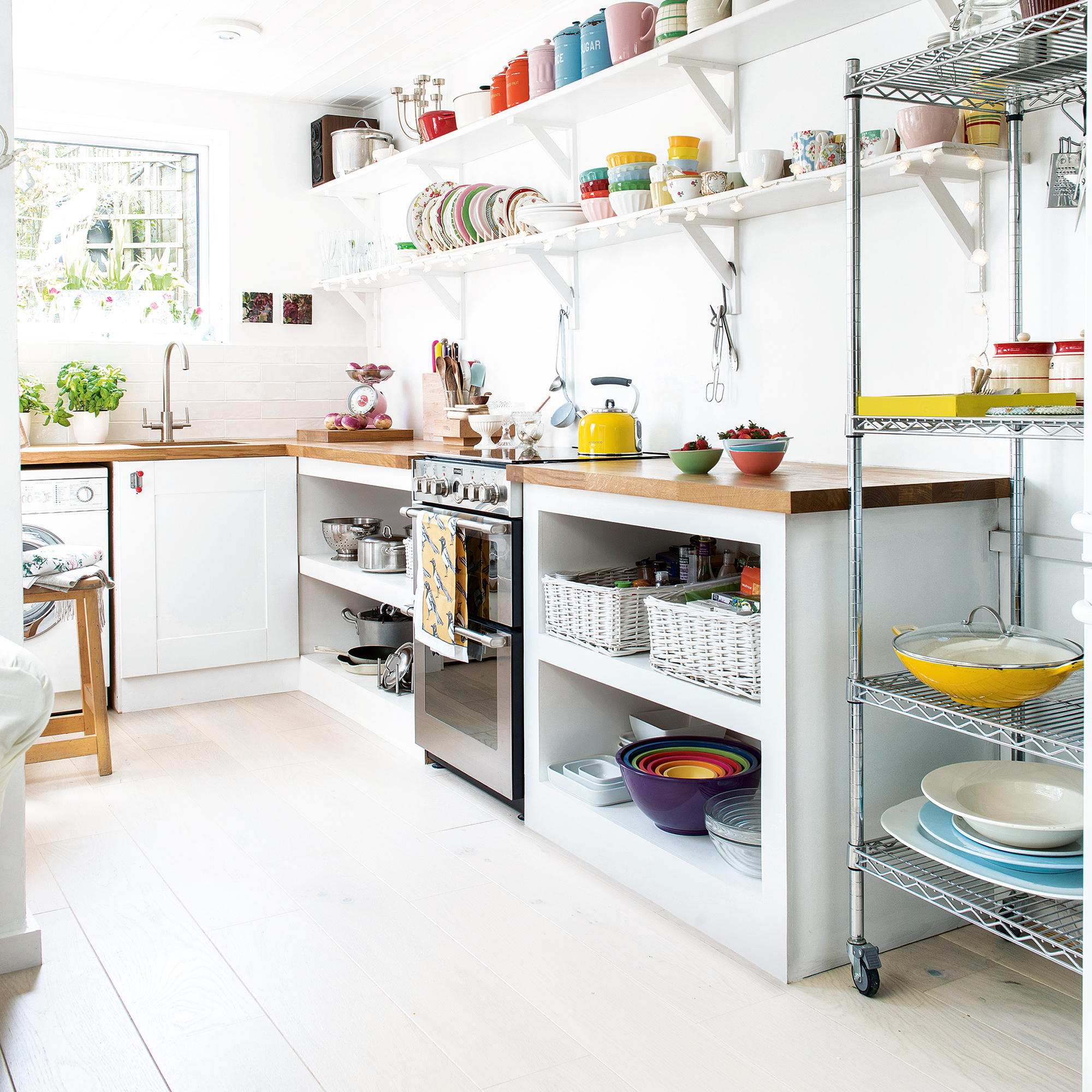
When it comes to painting laminate flooring, use a paintbrush or a roller to apply the paint. One of the best paint ideas is to use a small brush as you approach the edges, towards your skirting boards.
Painter and decorator and U-PRO ambassador Nick Sammut, advised, 'I would always work with the grain. Work in sections that give the best chance of keeping a wet edge – whether that's in long lengths or sideways blocks – as long as you finish off in an upwards or downwards motion.'
Unsure which paint to use? Hansson says, 'I would recommend checking with the manufacturer as to what the best option may be, and looking for brands that specialise in paint that can be used on wooden flooring, as the emulsion is different.
'There is one thing I can say for sure though – do not use bog-standard wall paint, as this will bubble up rather than adhere to the floor.'
6. Seal the floors
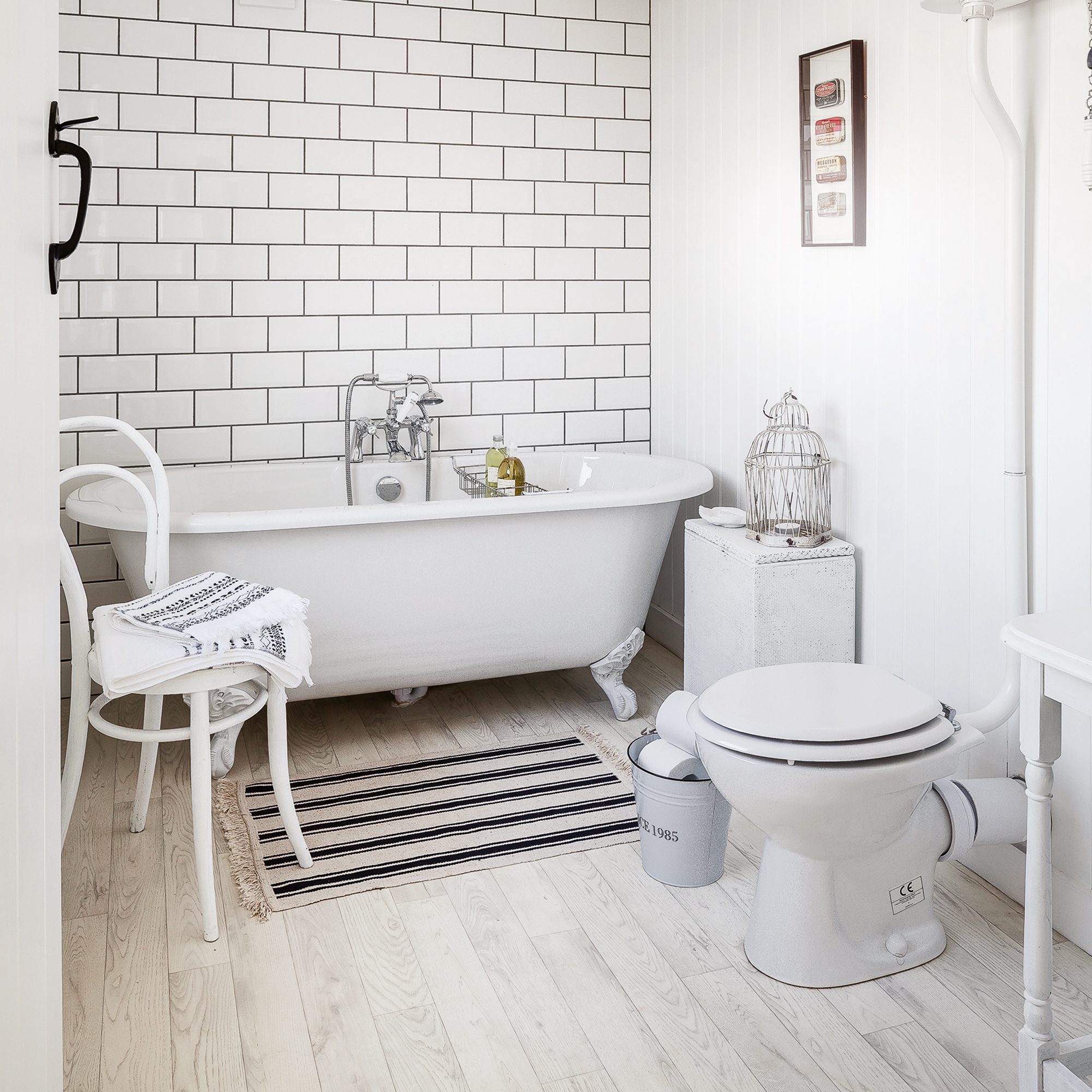
Finally, once the paint is dry, it’s worth sealing your floor to give it that professional finish. If you don’t have time, or a sealant to hand, this step isn’t essential – but it is highly advised.
'This is a recommended step to ensure your newly painted flooring is protected from further damage,' Hansson explained. 'Applying a good quality sealant like polyurethane will give you a longer-lasting finish.'
What kind of paint can you use on laminate flooring?
As explained, contacting the manufacturer of your laminate flooring for paint advice is your best bet, but there are a few other options if you’re not able to do this.
You can choose an appropriate wood floor paint for painting laminate flooring, or even a durable porch paint formulated for use on wood.
Sammut explains that it’s important to avoid the ''1-paint-does-all’ type of products – for example, where they state primer and paint all-in-one. These are akin to 2-in-1 shampoo and conditioners, and hair professionals would never recommend those for a long-lasting job.'
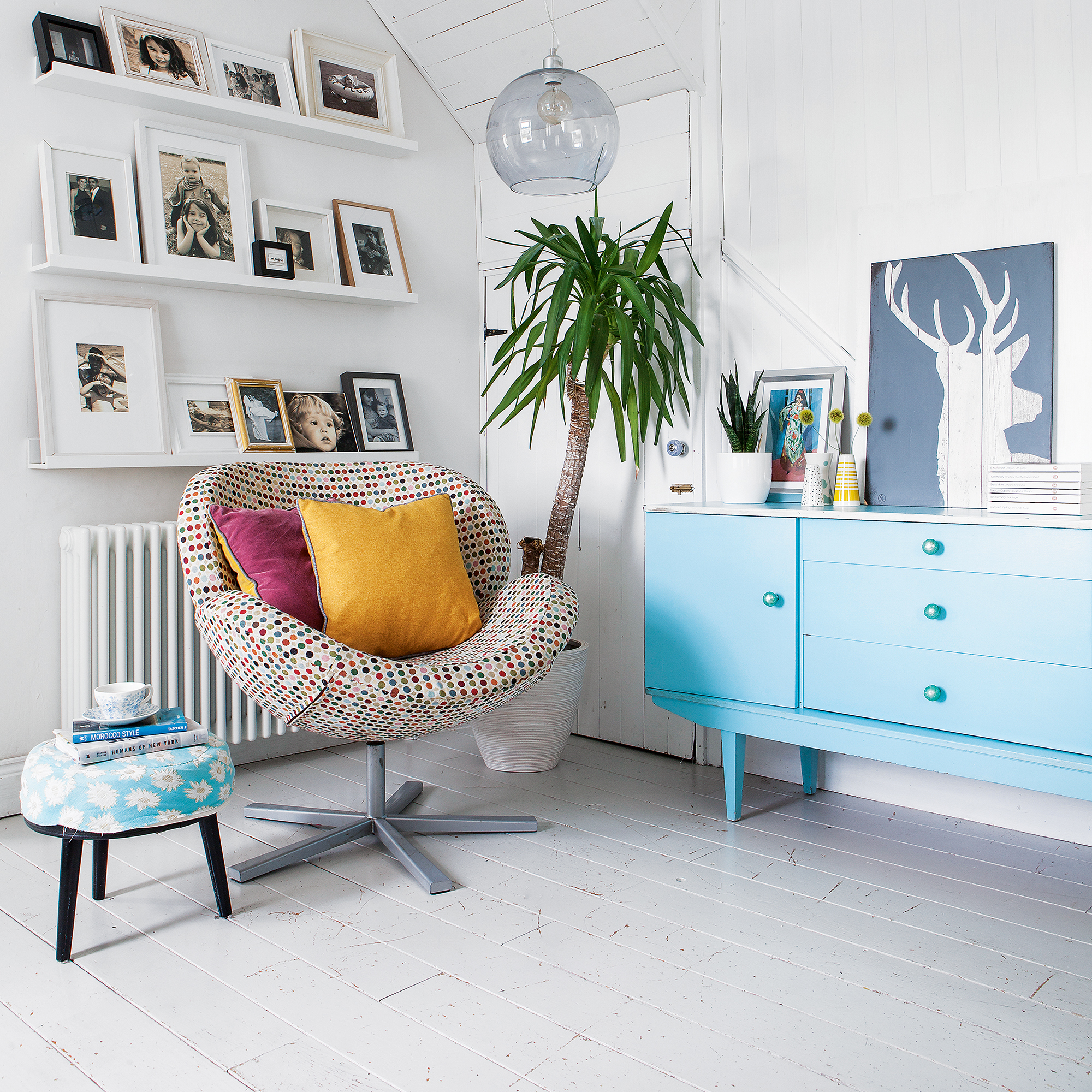
Can you change the colour of existing laminate flooring?
You can change the colour of your existing laminate flooring by painting it as above. But if you don't want to risk the potential damage it could cause, staining is another way to change the colour.
And usually, this is a much safer way to protect the integrity of your floor too.
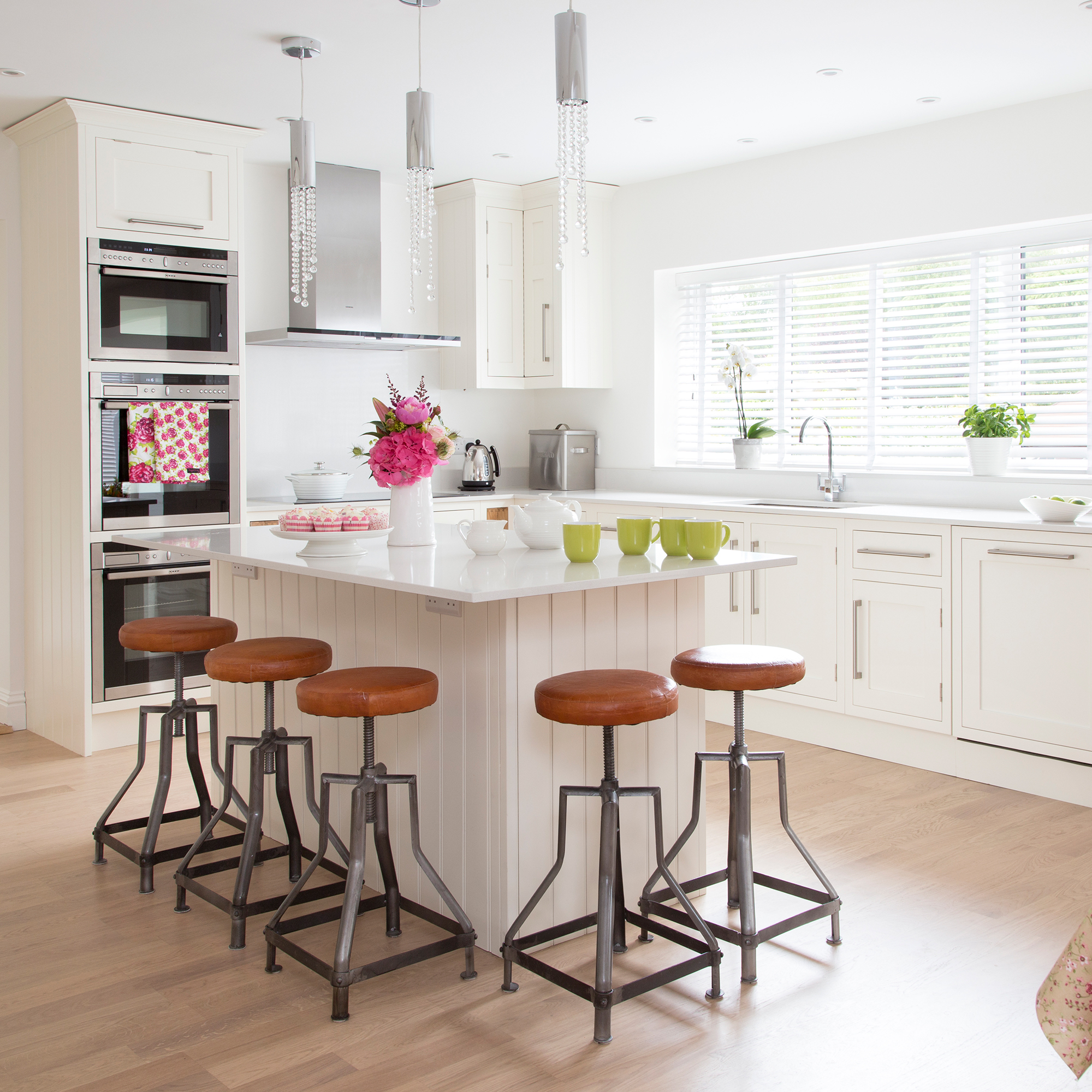
'Staining your laminate flooring has the same preparation process as painting, and is usually much more suitable too. It's a good option if you want a richer colour such as a smokey oak, or a vintage look,' Hansson said.
'To stain your wood, you will want to buy specialised laminate flooring finishes, which will work like a wood stain. As laminate wood is not very absorbent, using normal wood stain will not work. You will also want to reapply it once the colour dulls, as it won't last forever.'
Can you paint laminate flooring without sanding?
It’s not advised to skip the sanding step if you’re painting laminate floor as, without it, you’ll be painting straight onto the glossy finish of the laminate. Doing this means the paint will have nothing to stick or bind to, and it will likely fade and scuff very quickly, especially as people walk through your home.
Get the Ideal Home Newsletter
Sign up to our newsletter for style and decor inspiration, house makeovers, project advice and more.

Amy Hunt is an experienced digital journalist and editor, now working in a freelance capacity specialising in homes and interiors, wellness, travel and careers. She was previously Lifestyle Editor at woman&home, overseeing the homes, books and features sections of the website. Having worked in the industry for over eight years, she has contributed to a range of publications including Ideal Home, Livingetc, T3,Goodto, Woman, Woman’s Own, and Red magazine.
-
 I’ve been looking for a new signature scent for my home and The White Company's new fragrance is the exact summer holiday smell I needed
I’ve been looking for a new signature scent for my home and The White Company's new fragrance is the exact summer holiday smell I neededSantorini smells fresh, summery and sophisticated
By Kezia Reynolds
-
 How to remove algae from garden walls in five steps – and the cleaning product experts rave about for tackling it fast
How to remove algae from garden walls in five steps – and the cleaning product experts rave about for tackling it fastExperts share their top tips for getting garden walls algae-free
By Katie Sims
-
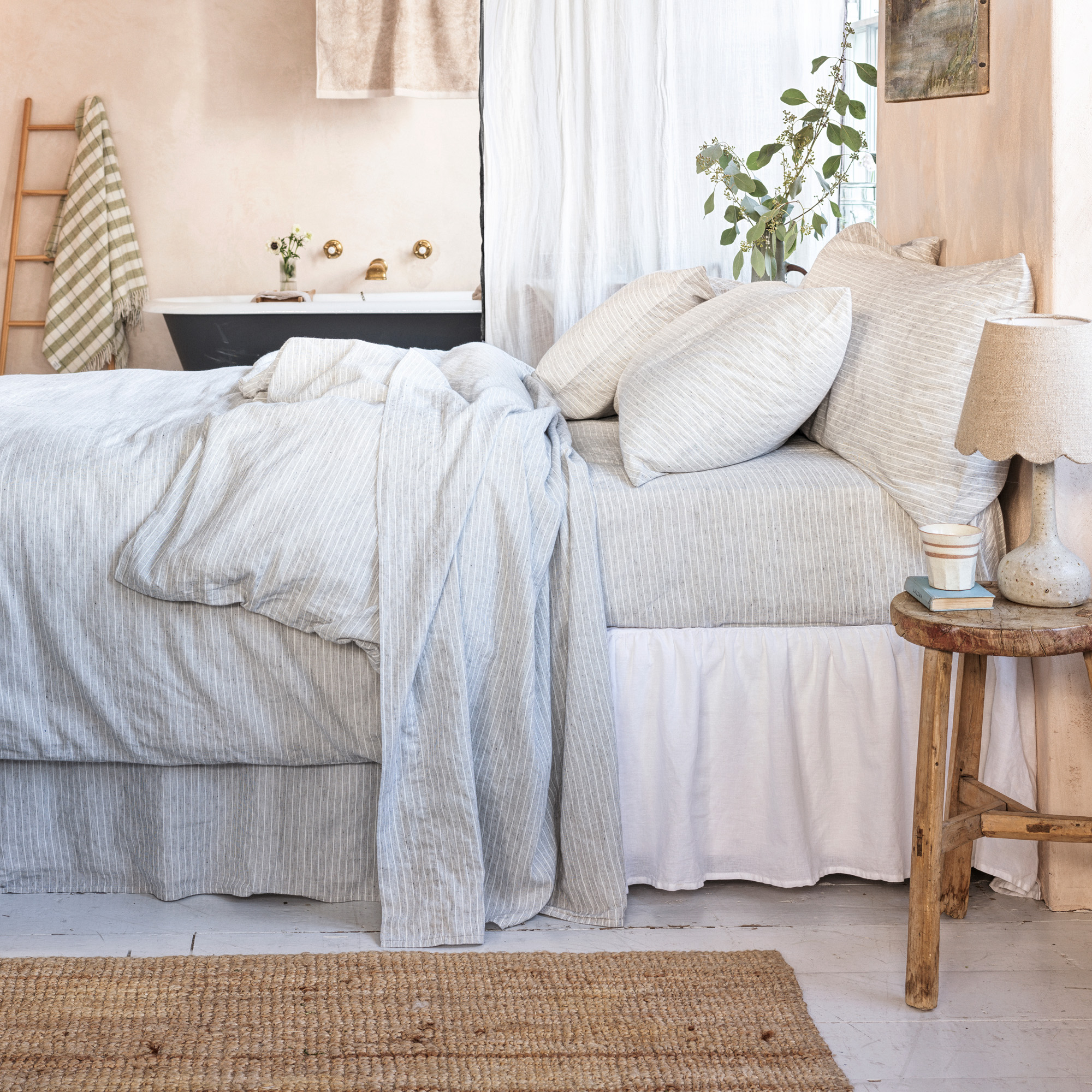 I swore I would never choose a flat sheet over a fitted sheet – but this advice from a bedding expert just changed my mind
I swore I would never choose a flat sheet over a fitted sheet – but this advice from a bedding expert just changed my mindWhy I'm now a 'flat sheet' convert
By Amy Lockwood